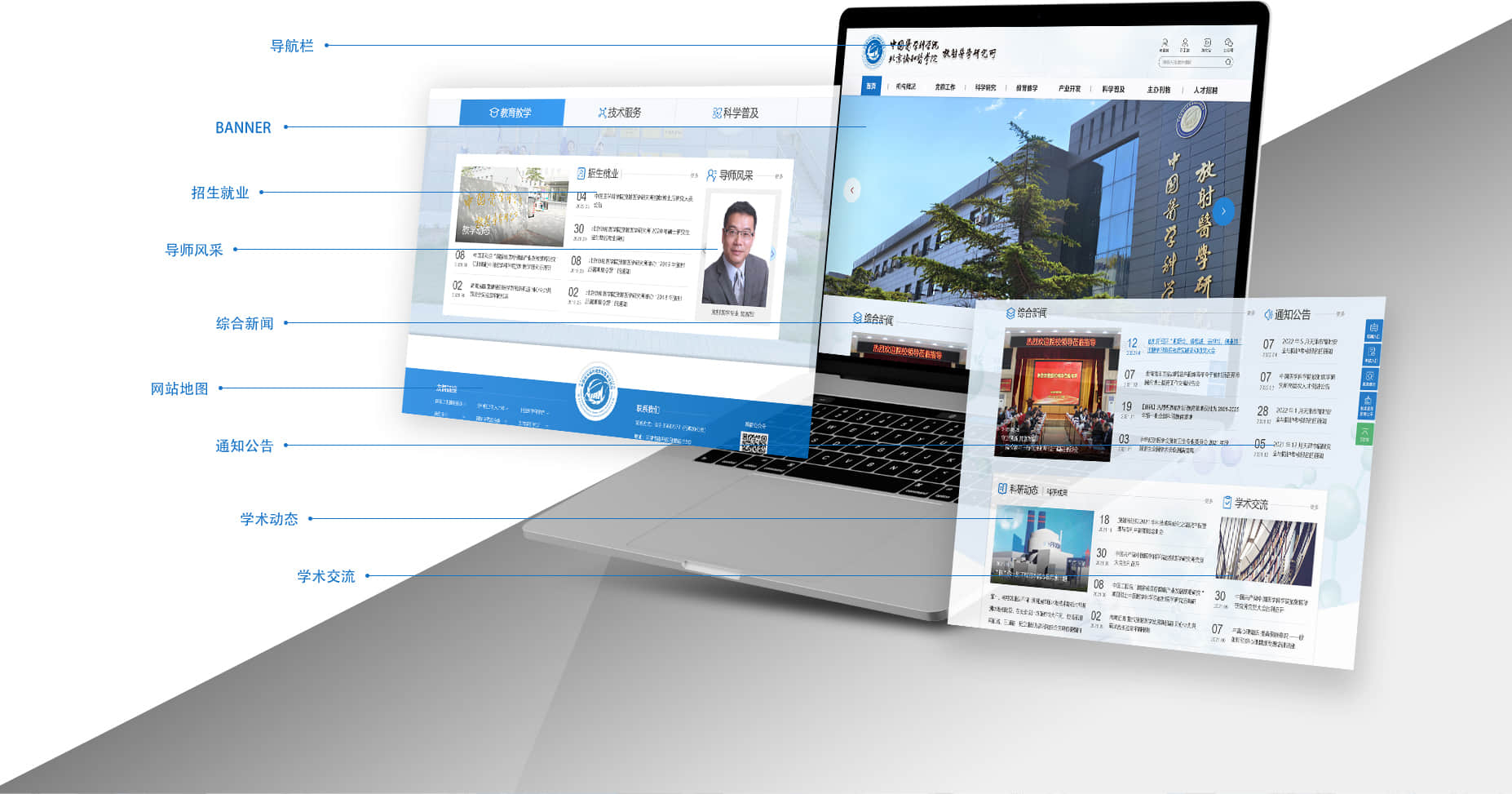-
simplified Chinese character -
Simplified Chinese English
Shangpin China Joins Hands with Beisheng Internet to Create a New Chapter in Website Construction
Site building rules: what rules and regulations should be followed in the construction of scientific research institutions' websites?

Station building process
-
Website requirements -
Website planning scheme -
Page design style -
Confirm delivery for use -
Data entry optimization -
Program design and development -
Follow up service -
contact number 010-60259772
Hot tags
-
Website construction -
Food website construction -
WeChat applet development -
Applet development -
Wuxi website construction -
Website construction of research institute -
Shenyang website construction -
Langfang website construction -
Zhengzhou website construction -
Construction of wedding photography website -
Mobile terminal website construction -
University website production -
Tianjin website construction -
Education website construction -
Brand website construction -
Government website construction -
Beijing website construction -
Website Design -
Website production
Latest articles
-

Website construction scheme: Fresh makeup aesthetics website Type: website construction 2025-03-13 -

Enterprise website construction plan: create a new business card for the network and open the digital future Type: website construction 2025-03-11 -

High end website production solution Type: website construction 2025-02-18
Recommended News
-
How to determine the theme of website construction? The theme of the website is also the theme of the website and the central idea to be expressed. Before website construction, it is necessary to determine the network 2022-11-26 -
How Baidu Search Engine Solves the Decline of Website Inclusion Need to find reasons from several aspects: originality, rationality of the inner chain, whether the website design page is valuable, if 2013-06-24 -
What details should be paid attention to during the production of the association website? At present, there are more and more types of websites. Each website has a different category 2021-07-08 -
How to use the photoshop toolkit (3) Brush/pencil/color replacement/mixer Brush tool function: used to represent brush or pencil effects, or 2016-12-03 -
Characteristics of network marketing Beijing website design company Shangpin China: With the maturity of Internet technology and the low cost of networking 2013-08-21 -
Some "small suggestions" for enterprise website design In today's life, the use of the Internet is becoming more and more common 2021-10-22
Make an appointment with a professional consultant to communicate!
Disclaimer



